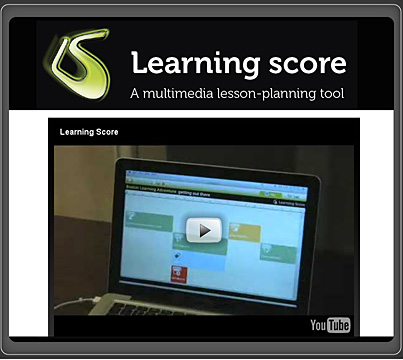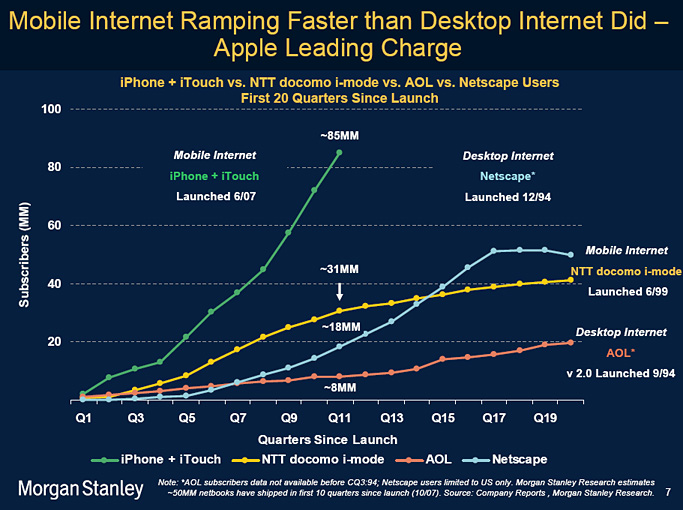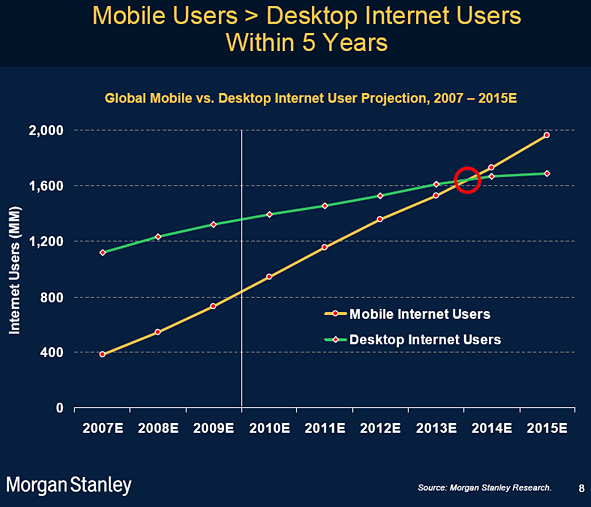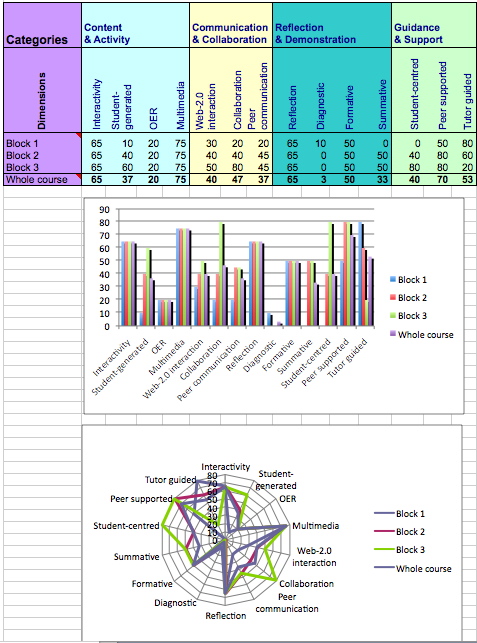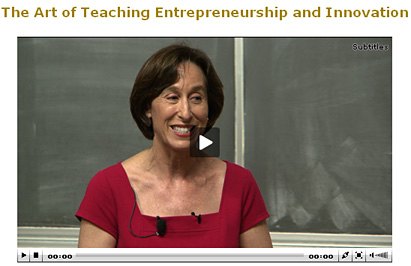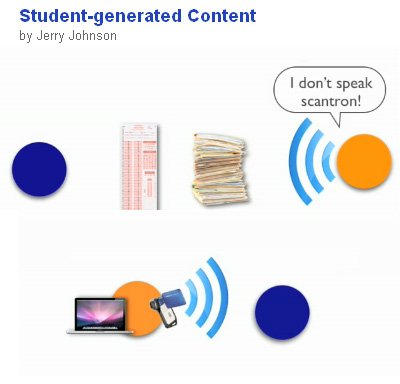The 4 C’s – Critical Skills for Success Today — from Learning Objects by Nancy Rubin
According to the recently released “AMA 2010 Critical Skills Survey,” the skills necessary for success in today’s workplace can be identified as the 4 C’s:
- critical thinking and problem solving,
- communication,
- collaboration,
- and creativity and innovation.
These skills have been determined to be crucial to workforce preparedness and business success. How do we encourage those skills in our students and our employees (professional development and personal growth)? According to the AMA survey results, 80 percent of executives believe that fusing the three R’s and four C’s would ensure that students are better prepared to enter the workforce. Proficiency in reading, writing and arithmetic is not sufficient if workers are unable to think critically, solve problems, collaborate or communicate effectively. http://www.clomedia.com/industry_news/2010/April/5186/index.php
How can an organization foster an environment where people can think critically, communicate, collaborate, and work creatively? Andrew McAfee wrote this week about the importance of implementing Social Software Platforms; even going so far as to suggest skipping a pilot. McAfee’s rollout plan for Enterprise 2.0 adoption encourages collaboration and communication in the organization. His six steps for deploying Enterprise 2.0 included…









